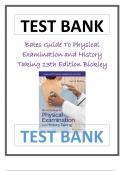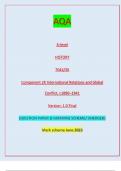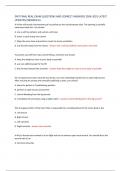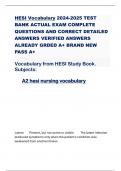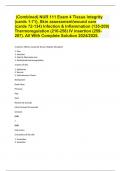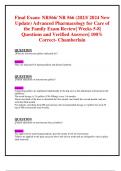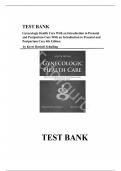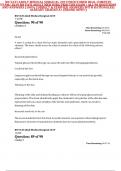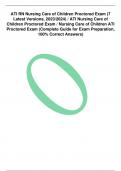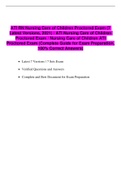Exam (elaborations)
Test Bank On Bates Guide To Physical Examination and History Taking 13th Edition Bickley Latest Review 2023 Practice Questions and Answers, 100% Correct with Explanations, Highly Recommended, Download to Score A+
Test Bank On Bates Guide To Physical Examination and History Taking 13th Edition Bickley Latest Review 2023 Practice Questions and Answers, 100% Correct with Explanations, Highly Recommended, Download to Score A+ Bates Guide To Physical Examination and History Taking 13th Edition Bickley Test Ban...
[Show more]
